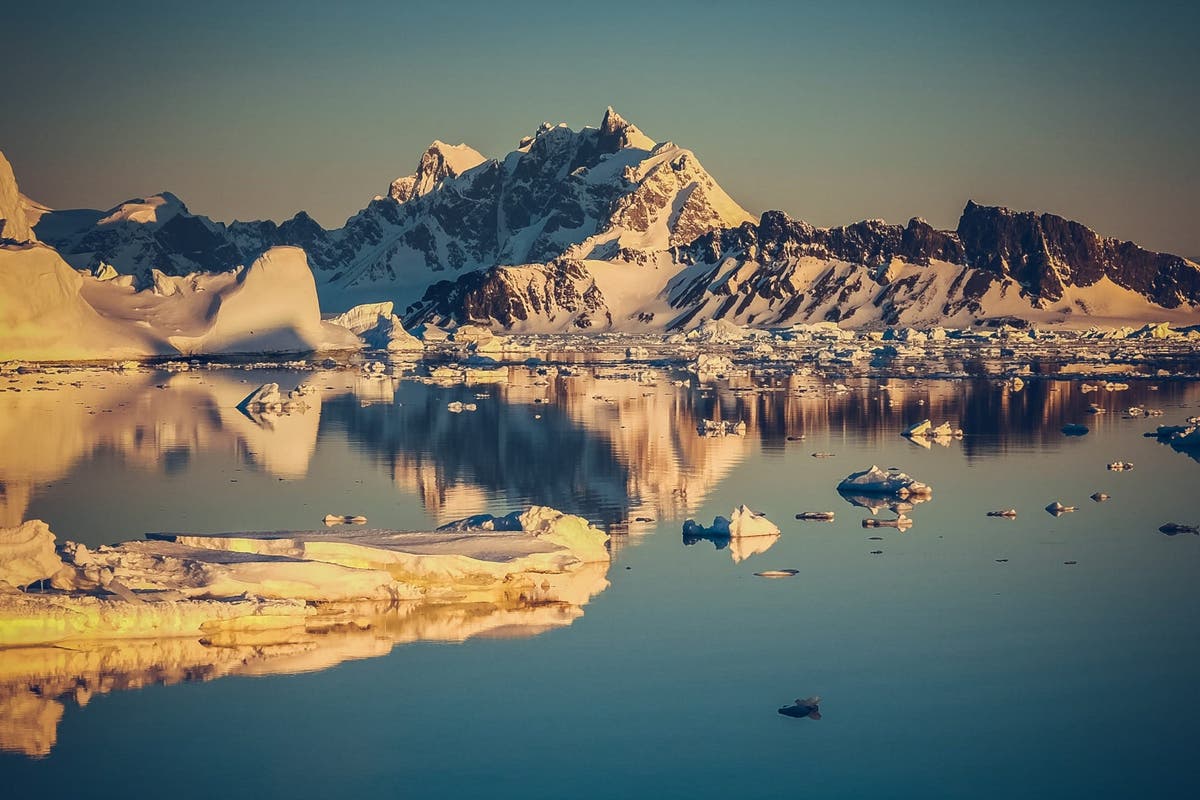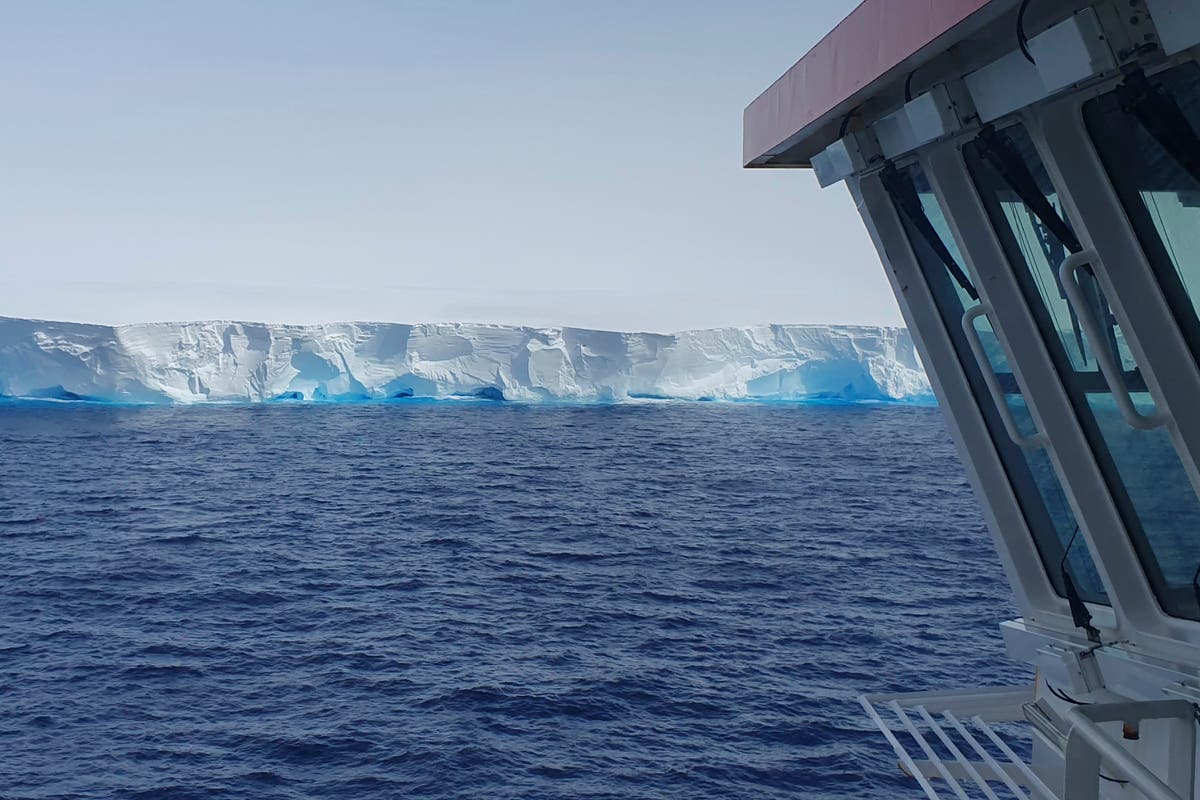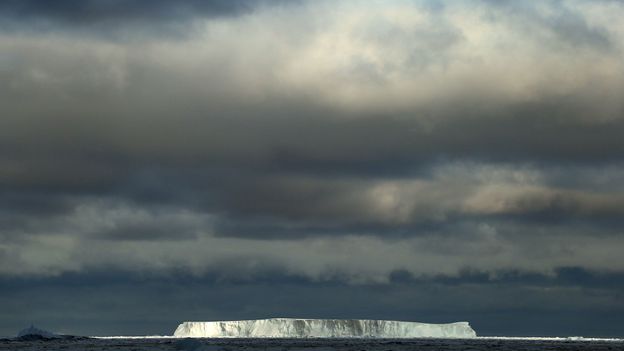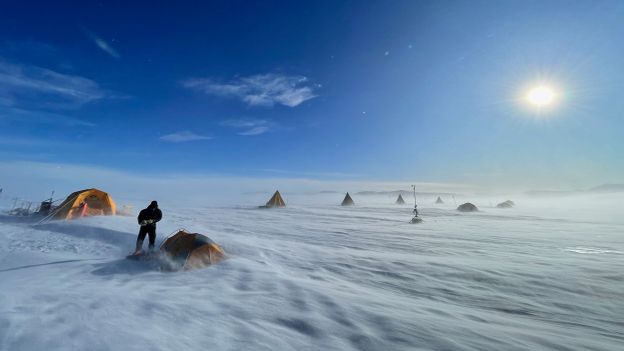
Scientists explore Thwaites, Antarctica’s ‘doomsday’ glacier
Associated PressA team of scientists is sailing to “the place in the world that’s the hardest to get to” so they can better figure out how much and how fast seas will rise because of global warming eating away at Antarctica’s ice. Thirty-two scientists on Thursday are starting a more than two-month mission aboard an American research ship to investigate the crucial area where the massive but melting Thwaites glacier faces the Amundsen Sea and may eventually lose large amounts of ice because of warm water. “Thwaites is the main reason I would say that we have so large an uncertainty in the projections of future sea level rise and that is because it’s a very remote area, difficult to reach,” Anna Wahlin, an oceanographer from the University of Gothenburg in Sweden, said Wednesday in an interview from the Research Vessel Nathaniel B. Palmer, which was scheduled to leave its port in Chile hours later. The British Antarctic Survey says the glacier is responsible for 4% of global sea rise, and the conditions leading to it to lose more ice are accelerating, University of Colorado ice scientist Ted Scambos said from the McMurdo land station last month. Oregon State University ice scientist Erin Pettit said Thwaites appears to be collapsing in three ways: — Melting from below by ocean water.
History of this topic

Swirls and scoops: Antarctica's upside down ice-scape we had no idea existed
BBC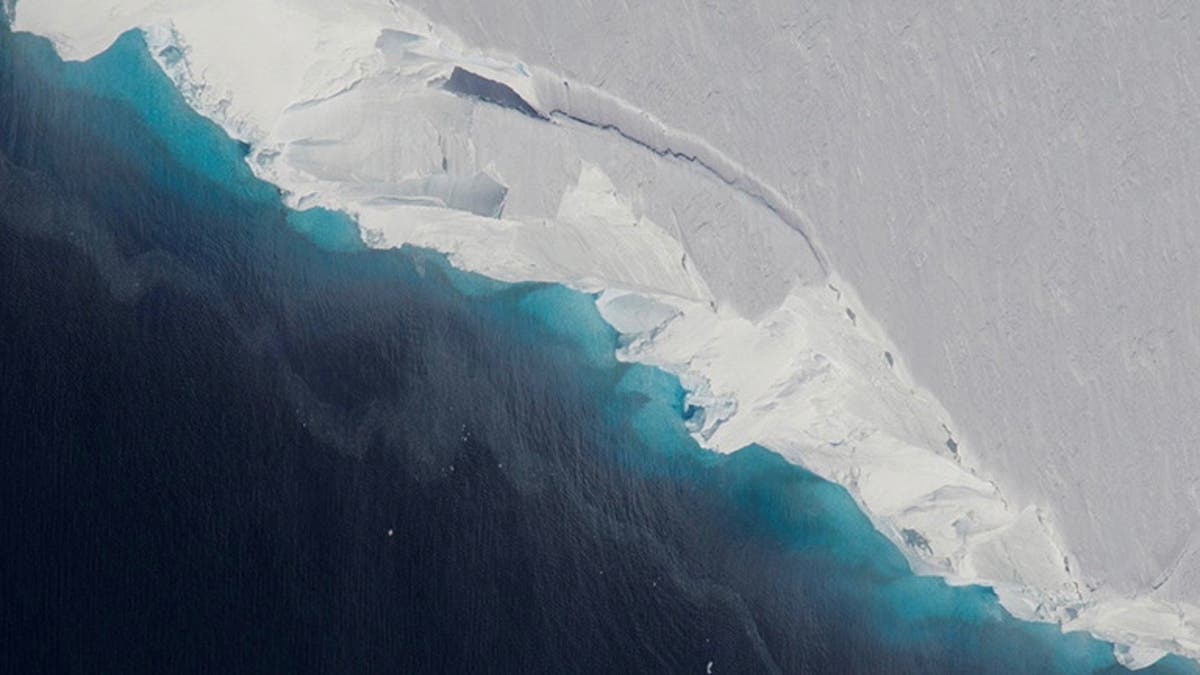
Doomsday Glacier won’t collapse in coming decades, but outlook remains ‘grim’: report
The Independent
Doomsday Glacier: Scientists looked deep beneath Antarctic ice. What they found could spell disaster
CNN
Antarctica's 'Doomsday Glacier' is Melting. Here's Why You — Sitting 12,000 Km Away — Should Worry
News 18
‘Doomsday’ glacier is melting in Antarctica, and it’s bad news
Live Mint
Warm water melts weak spots on Antarctica’s ‘Doomsday Glacier’
The Hindu
Antarctica’s Doomsday Glacier ‘in trouble’ say scientists - All you need to know
Live Mint)
Explained: What's eroding the Doomsday Glacier and why is it a big concern?
FirstpostFissures speeding up Thwaites glacier melt revealed by deep ice-core camera
ABC
Skinny robot documents forces eroding Doomsday Glacier
Associated Press
Antarctica Doomsday Glacier: ‘We should all be very concerned’
Al Jazeera
Antarctica's 'Doomsday glacier' rapidly melting: What study means for the world
Hindustan Times)
Why are scientists sounding fresh alarms on ‘doomsday glacier’ Thwaites?
Firstpost
Antarctica's Doomsday Glacier is 'holding on by its fingernails'
Daily Mail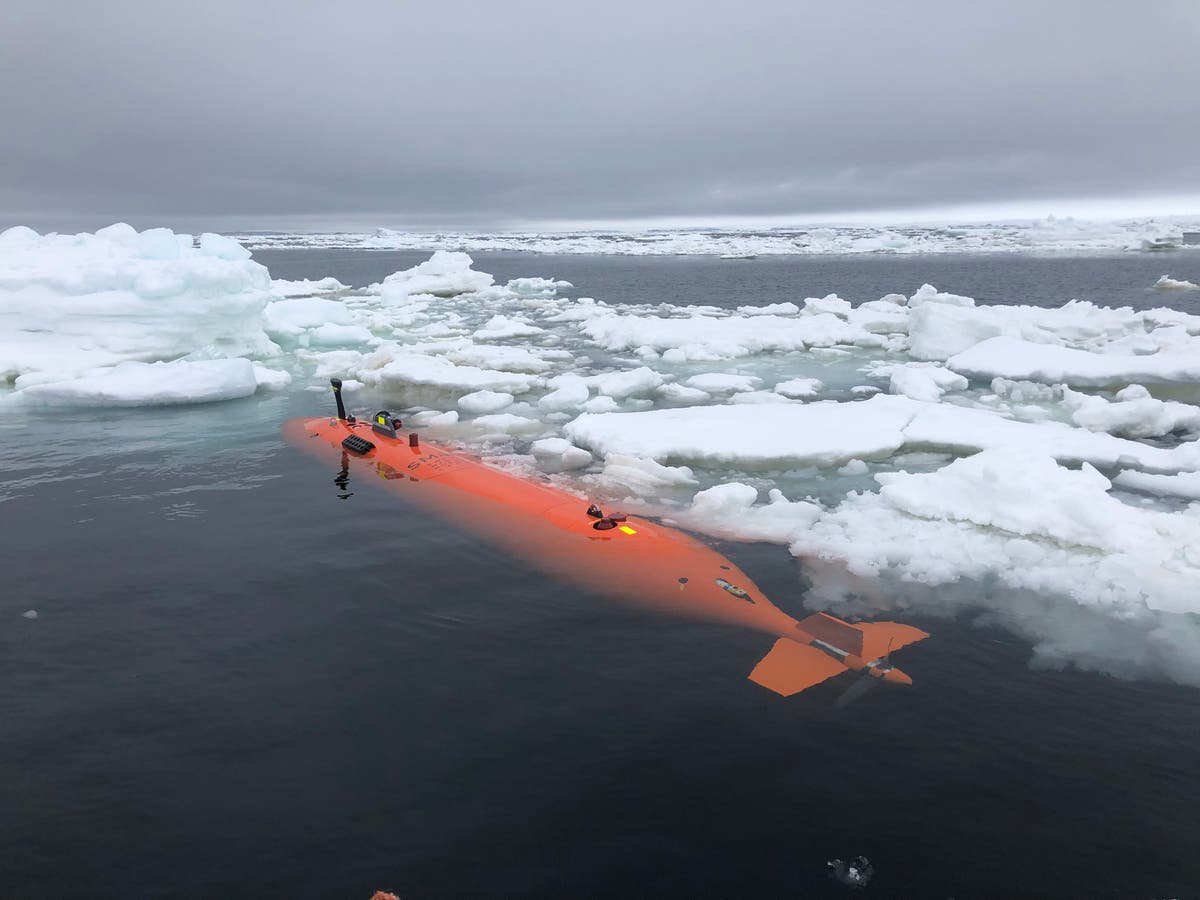
Seafloor images shed new light on Thwaites Glacier retreat
The Independent
Why Antarctica's 'Doomsday' glacier could lead to catastrophic sea-level rise? Scientists to study its past, future
India Today
Antarctica's Doomsday Glacier: How Its Collapse Could Trigger Global Floods & Swallow Islands
News 18
Ice shelf on Antarctic's doomsday glacier is CRACKING and is likely to break free within five years
Daily Mail)
Climate Experts Cover Shrinking Italian Glacier With Cloth to Save it From Summer Heat
News 18)
Antarctica's 'Doomsday Glacier' and Why it's Melting Faster Than You Think: All You Need to Know
News 18
Satellite images show fractures in Antarctica’s ice shelves, risk collapse as the climate warms
Hindustan TimesDiscover Related




